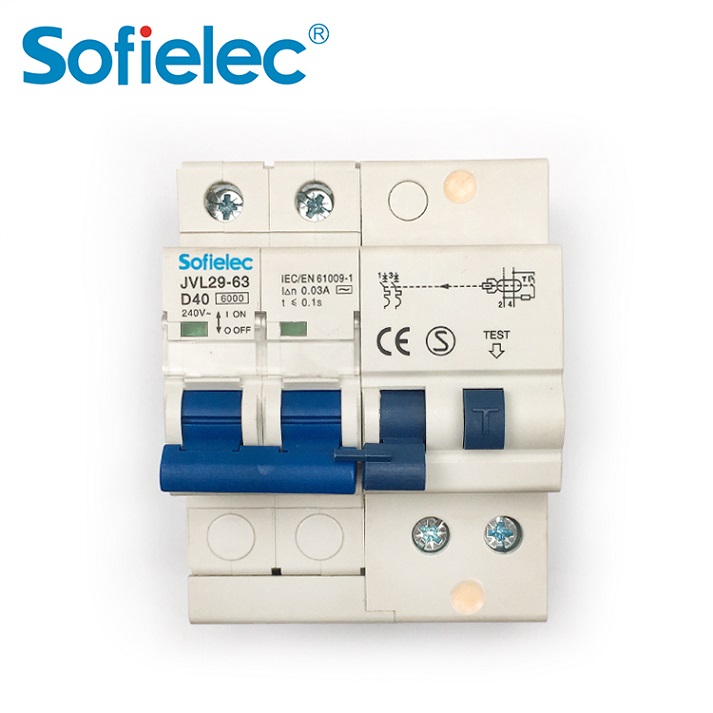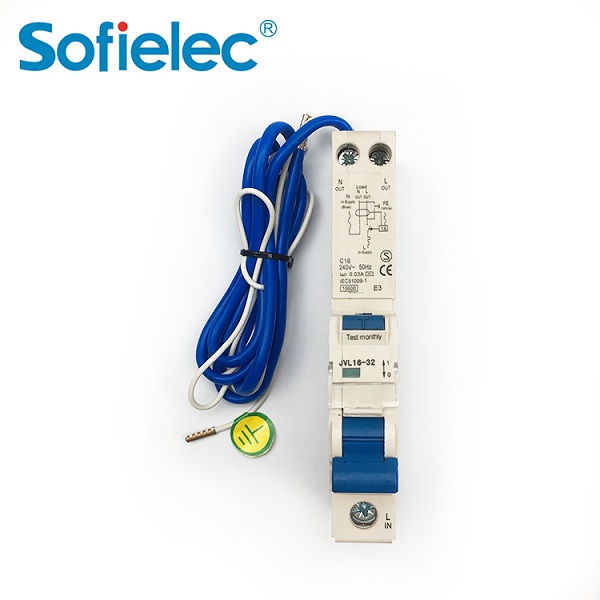What is a fuse type isolating switch
Fuse type isolating switch
We know that the main function of a general isolating switch is to disconnect small currents and change the mode of operation. I don’t know if you noticed it. One of them is to disconnect the small current. This is the problem. When the current is large to a certain degree, it may damage the parts used for isolation in the isolating switch, which may cause the switch to be unusable. Taking this into consideration, in order to be able to disconnect large currents, and more importantly, to protect the isolation switch when facing large currents, a fuse (equivalent to a fuse) needs to be provided for protection, thus such isolation The switch is called a fuse-type isolating switch. To be more professional, it can be defined as follows: A fuse-type isolating switch needs to meet the following three points:
1. Protect the switch by using a fuse.
2. Under normal circuit conditions (including specified overloads) can make, carry and break current, and under specified abnormal circuit conditions (such as short circuit), within a specified time, the isolation switch can carry current.
3. It can provide safe isolation for the circuit, and ensure that the circuit is opened and safe work when in the open position.
Then add some notes about the fuse-type isolating switch. Generally speaking, this type of isolation switch is mainly used for conventional circuits for protection. Generally, it is not used as a motor opening and closing, because the motor's breakdown current is too large when starting and stopping, which can easily cause damage to the fuse-type isolating switch. Third, even for the same switch, when the rated heating current of the switch is different, the fuse used is different, for example, for the HR6 fuse-type isolating switch mentioned at the beginning of the article. When the rated current is 100A, the selected fuse link is NT00, and when the current is 250A, the selected fuse link should be NT1. Regarding this point, we need to pay more attention when choosing a fuse-type isolating switch, and compare and choose the appropriate model according to our own situation, so as not to cause unnecessary trouble.

The role of fuse type isolating switch
The function of the fuse-type isolating switch The fuse-type isolating switch can be operated with load and is suitable for rated current 40A-630A. There are 2 groups, 3 groups, and 4 groups. It can be mounted on the bus or fixed On the board, the upper and lower input and output structures are provided, with knife-edge introduction and arc extinguishing devices, and the switch cover has a closed detection hole, built-in signal switch, and detection switch. Optional fuse detector can also be used as a knife switch. The fuse-type isolating switch is suitable for AC 50HZ, rated voltage up to 660V, conventional heating current up to 630A with high short-circuit current distribution circuit and motor circuit, used as a manual infrequent operation power switch, isolating switch and emergency switch, And for circuit short-circuit protection.

Precautions for the application of fuse-type isolating switches
The combination of isolating switch and fuse is used as control and protection equipment on power distribution lines. The rated current of the melt in the fuse of the main switch and the sub-switch is different. The main switch is always larger and the sub-switch is smaller. . The rated current of the melt cannot be reversed or the same. When changing the melt, you must understand and clearly select the choice.
The melt of the load switch, whether due to short-circuit current or overload current, or other reasons. It is not possible to exchange the new melt rashly. It is necessary to find out the cause, and replace it after troubleshooting. At the same time, one phase cannot be broken and replaced by one phase, but the melt of the same load switch is replaced. Because its unfused melt has also undergone thermal experience, it is easy to fuse when retained in normal operation in the future. Therefore, although the new and old melts have some similar characteristics, the fusing characteristics are different, and the cross-sectional area is also different.
The same load switch or fuse-type isolating switch must be exchanged for the same type of fuse. Can not mix and replace the same capacity instead of the same type of fuses. Because the fusing characteristics of different types of fuses are quite different, for example, the fusing current of the lead-tin alloy fuse is 1.5 times the rated current; the copper fuse is twice; the zinc fuse is about 1.3-2.1 times , The difference is huge.

Concluding remarks
That's it for the introduction of fuse-type isolating switches. I hope this article will give you a deeper understanding of fuse-type isolating switches.



